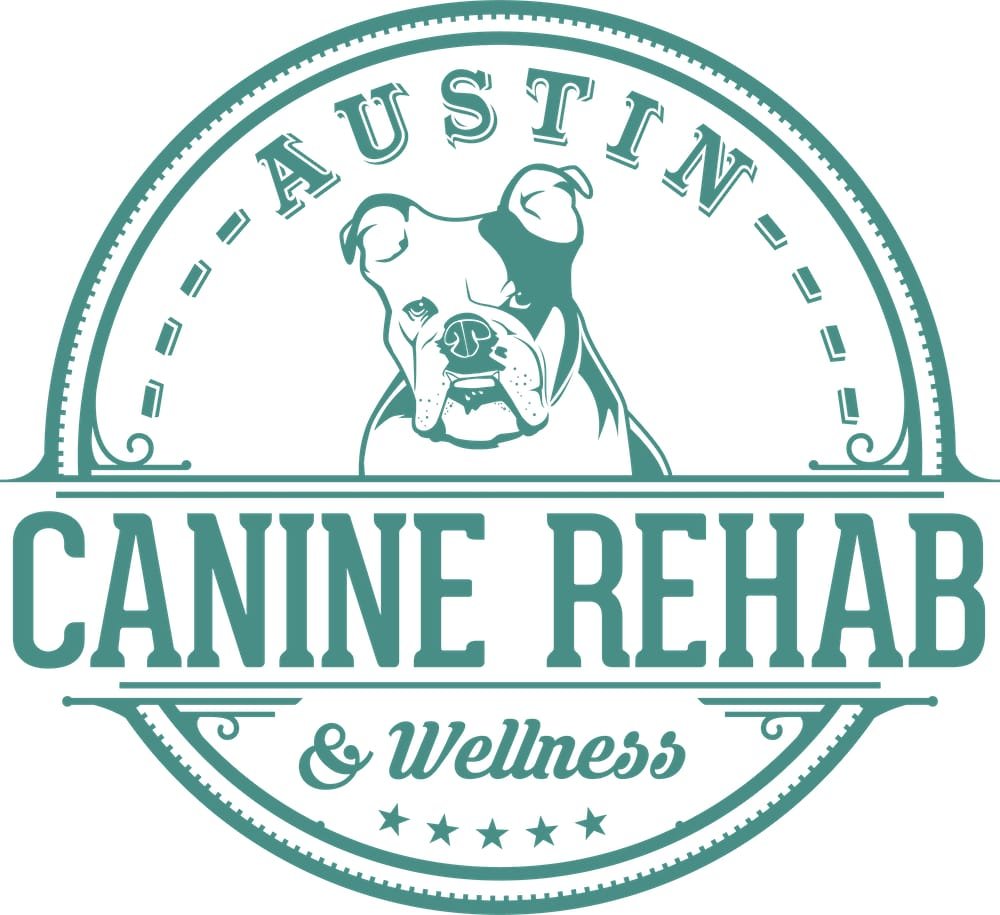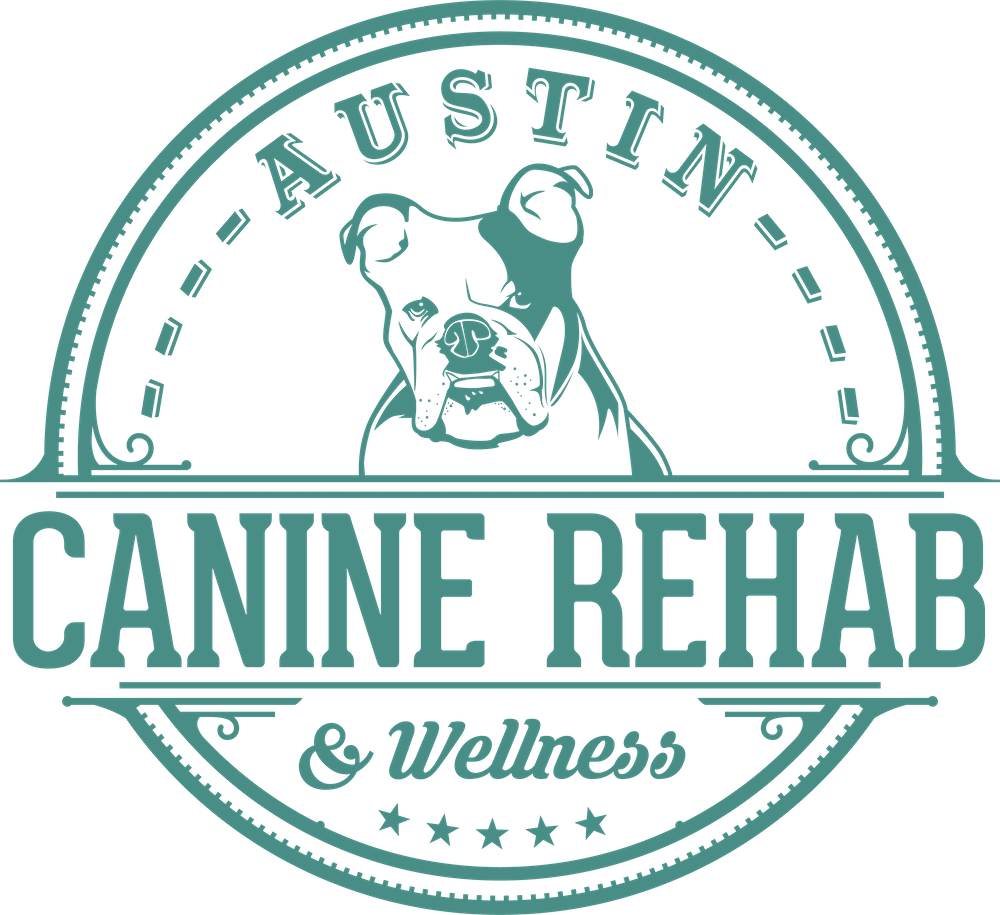Safe Pain Relief Options for Dogs: OTC, Home Remedies, and NSAIDs
Being a dog parent is a full-time job. Even when you aren’t physically with your dog, your mind surely drifts toward your pet from time to time as you wonder how they are doing or what they are up to.
This pattern of frequently thinking of your dog is only turned up when you know that he or she is in pain. No one likes to see a dog in pain, and you’d likely give just about anything to make that pain go away as quickly as possible. While there are some pain relief options that can be provided to dogs, you need to be careful to only use options that are safe and come with minimal (or no) side effects. We’ll take a closer look at this important topic below.
Start Here: When to Seek Veterinary Care for Dog Pain
There are certainly some situations that will be suitable for providing care to your dog at home, using some of the options that we are going to discuss later on this page. But that’s not always the right choice. When the situation is too severe for at-home care, your best bet is to get to the vet right away to have your dog examined and treated.
How do you know when the pain has crossed the line into a territory that needs to be addressed by a vet? First, you should err on the side of caution. If you have any doubt, just call the vet and take that path. You know your dog better than anyone else, and if you think he or she needs professional care, that is probably the case.
Also, watch for severe limping or significant swelling as signs that the problem is beyond what you can deal with on your own. Excessive whining is another strong indication that the dog is in serious discomfort and will be better off getting attention from a trained pro.
What Can You Give a Dog for Pain Relief Over the Counter?
As a starting point, it’s important to understand that you should not just reach into your own medicine cabinet to care for your dog. While there can be some overlap in the types of medications used for humans and dogs, there are also some important differences, and giving human medication to dogs can be quite dangerous. The physiology of a dog is different from that of a human and only medications that are suitable for canines should be administered.
Specifically, do not give ibuprofen or acetaminophen to your dog. These are very dangerous medications when ingested by dogs and can lead to toxicity or organ damage. It is possible to provide your dog with a specific dosage of aspirin, but that should only be done under the direction of a veterinarian.
Home Remedy Options to Relieve Pain
You may be able to help your dog deal with pain effectively without needing to go to a vet or turn to medications. As a starting point, consider using a warm compress if your dog seems to be having pain in a stiff joint. Or, if swelling is the problem, use a cold compress to bring that swelling down and hopefully minimize the pain. Of course, with either of these options, you’ll want to apply the compress gently and monitor your dog’s reaction along the way to make sure they remain as comfortable as possible with no damage to the skin.
It also could help to simply limit the activity of your dog for the time being while they deal with a pain issue. If a minor injury was picked up along the way, the answer could be as easy as a few days of minimal activity to let everything heal up.
Understanding Dogs and NSAID Medications
The category of medication known as NSAIDs – non-steroidal anti-inflammatory drugs – can be used for dogs in certain situations. NSAID use could be prescribed by a vet when a dog is recovering from surgery, or when arthritis-related pain is experienced. Some of the drug names that are found in this space include Meloxicam, Carprofen, and Deracoxib.
You’ll want to be sure to always use such medications carefully and only in compliance with vet instructions. There are potential side effects – like liver or kidney issues – so manage use carefully and only administer NSAIDs to your dog when they are necessary.
Why Librela is Not Recommended for Neuro Dogs
You may have heard of the medication Librela in relation to canine pain. It is true that this medication can effectively manage osteoarthritis pain in some dogs, but it is not recommended for use in dogs that are experiencing neuropathic pain or have any neurological issues. The way Librela functions in dogs can exacerbate known or underlying neurological symptoms, which is why it is best to avoid and instead pursue other pain relief options.
Alternative Pain Management Techniques to Consider
Depending on the source of the pain your dog is experiencing, canine rehabilitation therapy could be called for as a pain management technique.
Using targeted exercises and modalities, the causes of your dog’s pain can be treated through therapy and their comfort may soon improve as a result.
It’s possible that a combination of approaches – such as rehab therapy along with appropriate medication provided by a vet – will be the winning strategy.
Give Austin Canine Rehab a Call Today
If you’d like to explore rehabilitation as a path toward reduced pain for your pet, please take a moment today to get in touch with Austin Canine Rehab. Our approach is to develop customized plans for dogs who are experiencing pain so their pain can be effectively reduced, and their quality of life can be improved. We look forward to hearing from you soon!
Frequently Asked Questions
-
Aspirin can be used for pain relief in dogs, but only when guided by a vet. If you think your dog may need medication to deal with pain, start by making an appointment to see the vet and go from there.
-
There are severe side effects that can result from giving your dog medications that are designed for humans. Do not make this mistake as it can lead to serious conditions like liver damage, kidney failure, and more.
-
Try using a cold or warm compress, depending on the type of pain your dog is experiencing, or provide a gentle massage to the affected area.
-
NSAIDs that are designed specifically for dogs can be safe treatment options, but only when used as directed and prescribed by a vet.
-
Pay attention to changes in your dog’s condition to determine if professional help is required. When your dog’s daily routine is significantly altered, or when the pain is obvious, reach out to a vet right away.
-
Librela was developed and tested specifically to treat arthritic pain. Since it can exacerbate neurological symptoms, it is not an appropriate fit for dogs in this category. Your veterinarian can help devise an appropriate treatment plan in such a situation.
-
Yes, there are potential side effects like kidney or liver damage that need to be weighed when thinking about using NSAIDs to deal with canine pain.
-
Absolutely – a custom treatment plan that utilizes targeted manual therapy to address pain directly and specific exercises to improve mobility and strength can lead to great results in the short and long-term.
-
If you notice that your dog seems to be in pain throughout the day, or if that pain seems to be getting worse rather than better as time passes, it’s time to make an appointment.




